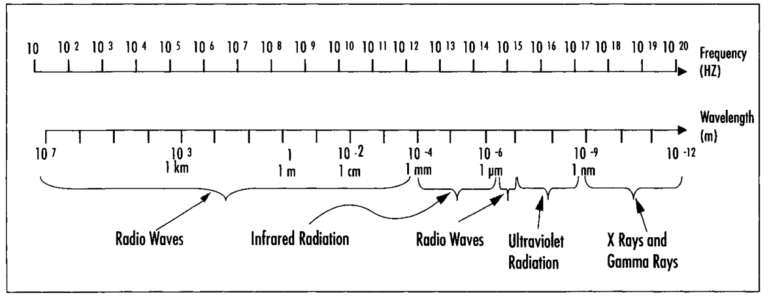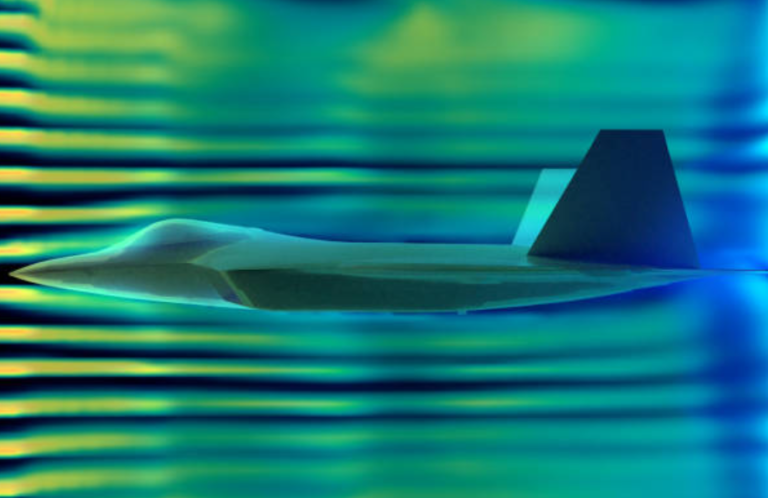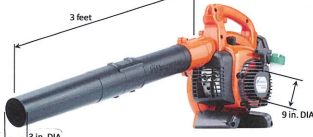Sound and Electromagnetic Waves
Waves are fundamental to our understanding of the physical world, carrying energy and information across vast distances. Among the many types of waves, electromagnetic waves stand out for their versatility and profound impact on science and technology. These waves, including visible light to X-rays and radio waves, are essential to countless applications in daily life,…










